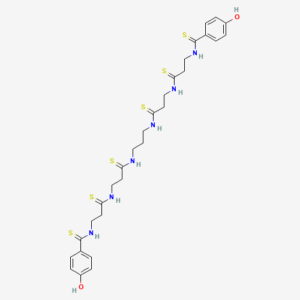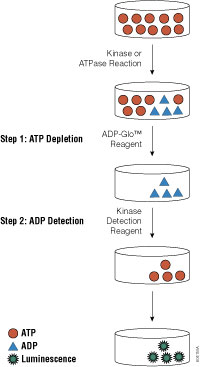It is summer, July already! Vacation time for kids and the people that love them.
Though many years past, I recall fondly one of our first family trips to the Black Hills of South Dakota. While en route, we stopped in the Badlands National Park. Though the Badlands might appear a barren, treeless desert (and believe me, in the western summer sun it feels that way), the area is loaded with animal life. Particularly intriguing to me were some small rodent residents, the prairie dogs.
Continue reading “Prairie Dogs: Small Creatures, Big Vocabulary”







